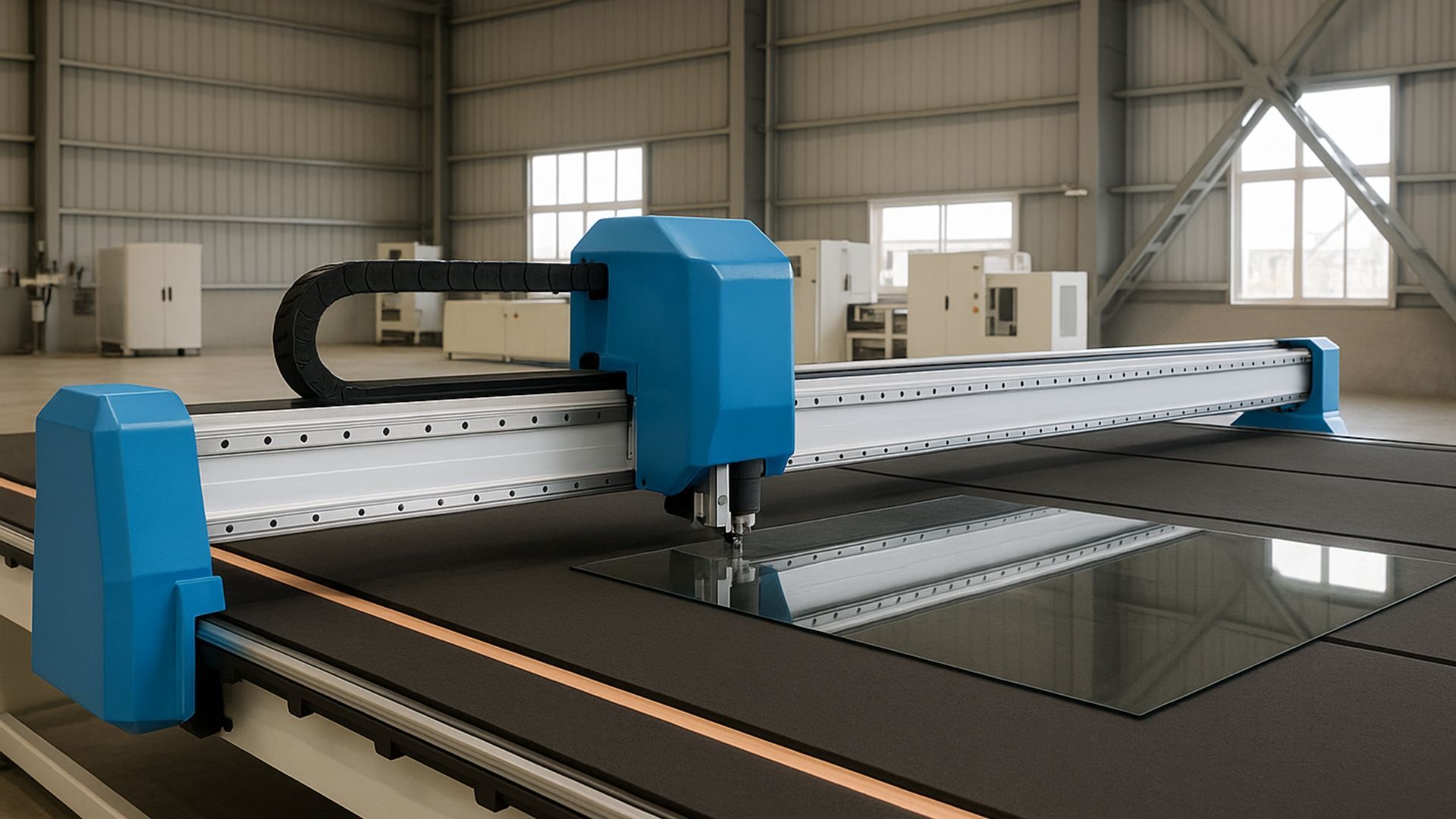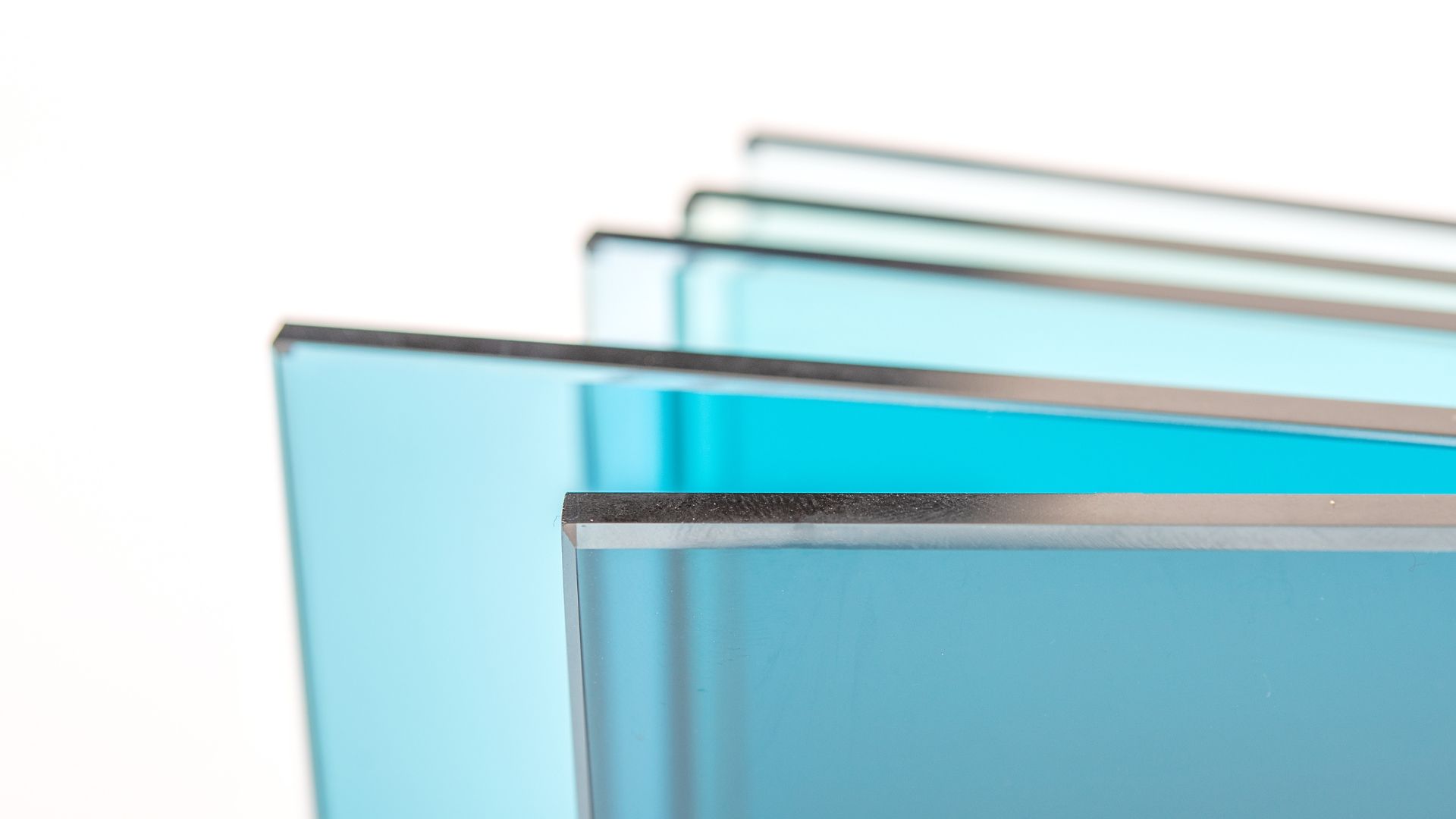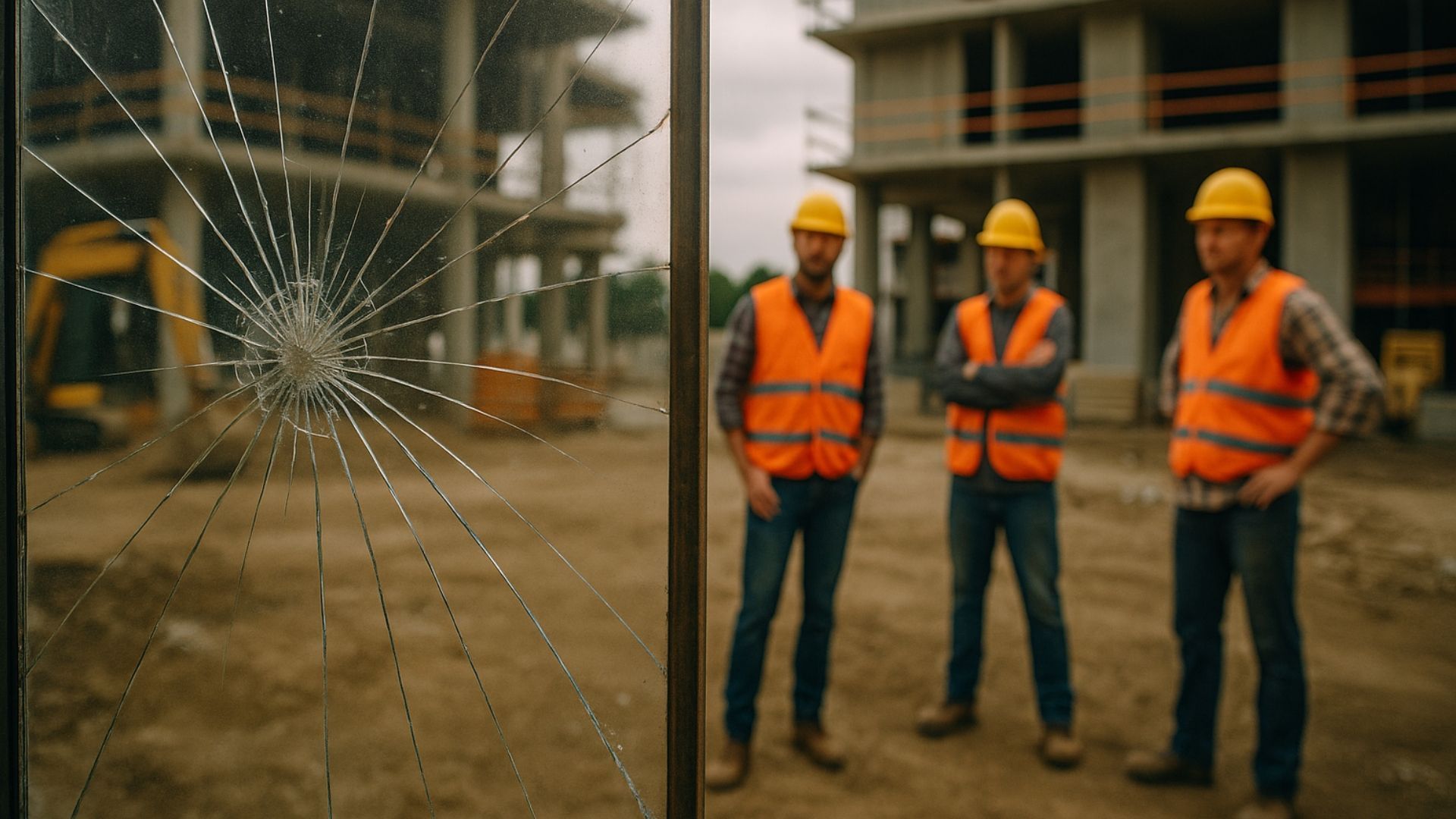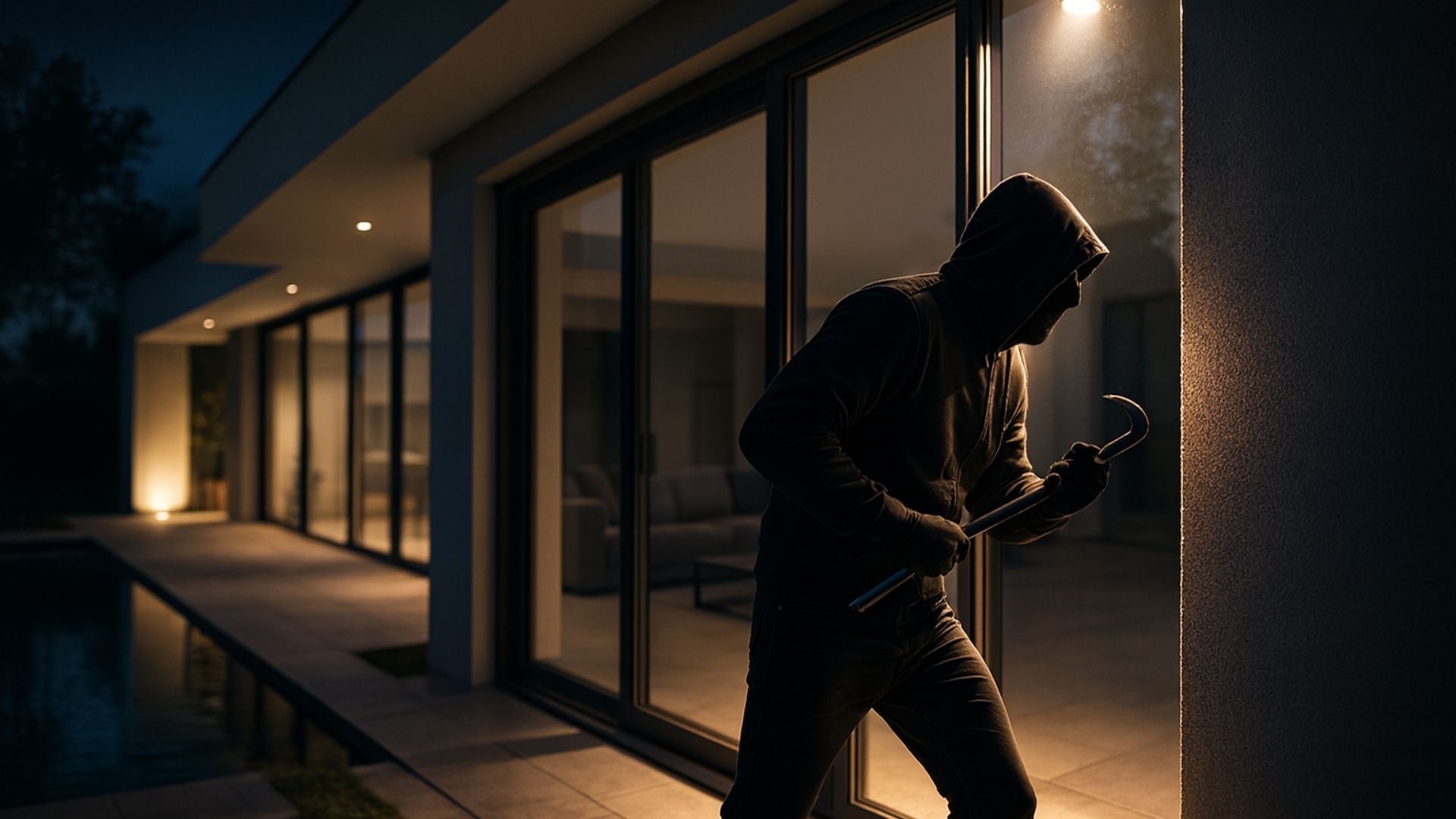Laminated glass vs double glazing
Share this blog:
Laminated glass and double glazing units both consist of two glass sheets – but they differ in significant ways. Get the facts in our guide.
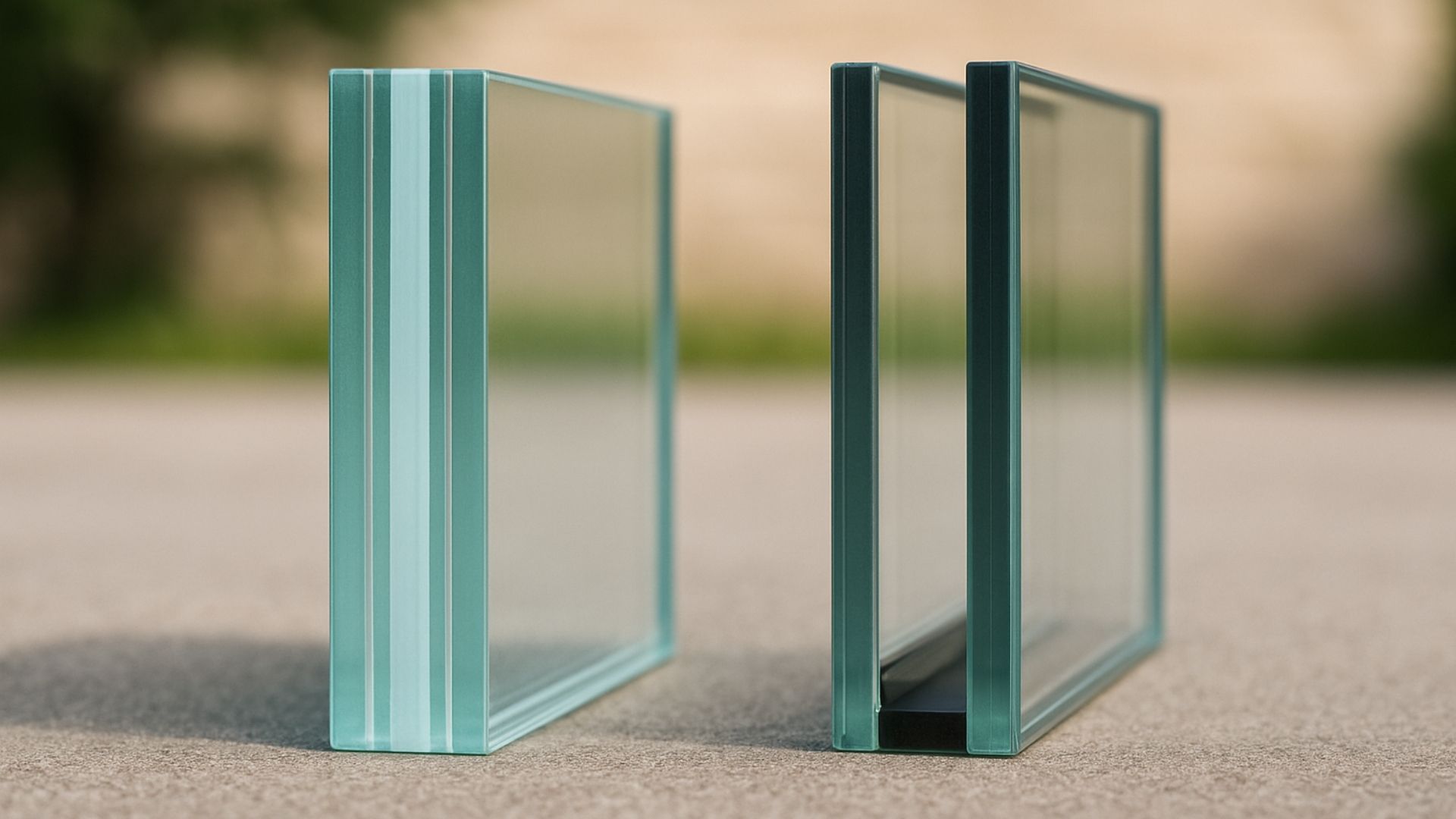
Ask the person in the street to distinguish between different types of glass, and they would be forgiven for struggling. Stained glass? Maybe. But annealed glass, laminated glass or toughened glass? The chances are slim.
This is partly because the differences are often subtle. Take the distinction between laminated glass and double glazing. Both include two layers of glass – but they're made in different ways and have different applications.
Our person in the street probably knows what double glazing is, even if they couldn't pick it out from a glass-based identity parade. It consists of two panes of glass separated by a space. This space is filled with air or gas for insulation.
Laminated glass, meanwhile, is a type of safety glass. It joins this elite club because it maintains structural integrity even under heavy impact. It's made by bonding two or more layers of glass together with a plastic interlayer. This holds the unit together in the unlikely event it's shattered.
Double glazing is the go-to for most homeowners and business owners, although laminated glass units can be used, too. Laminated glass tends to be used where increased safety, security and soundproofing are the order of the day.
Those are the headlines. But what are the granular differences between double glazing and laminated glass?
Let's take a closer look.
What are the differences between double glazing and laminated glass?
Despite their superficial similarities, double glazing and laminated glass are unique products with unique characteristics and applications. These can be split into six categories:
- Composition
- Insulation
- Safety
- Sound
- Security
- UV protection
1. Composition
Laminated glass and double glazing both consist of two layers of glass. However, a laminated glass unit has a polymer interlayer, while double-glazed units (DGUs) are separated by an air-filled or gas-filled space.
In the case of laminated glass, the plastic interlayer is there to increase structural integrity and soundproofing. In the case of a DGU, the gap is there to create a layer of thermal insulation.
2. Insulation

DGUs are built for thermal insulation. The air, argon or krypton in the spacer reduces heat transfer and improves a building's energy efficiency.
Laminated glass, by contrast, provides some degree of thermal insulation, but that's not its primary function.
3. Safety
The primary function of laminated glass relates to safety. And its safety relates to its breakage pattern.
If you throw a rock at a double-glazed window, the glass will shatter into pieces. This can cause injury, whether in the moment of breakage or afterwards.
When laminated glass breaks, however, the interlayer holds the glass fragments in place. The fact that no glass falls significantly reduces the risk of injury. This is one reason laminated glass is used in places with heavy human traffic.
4. Sound
Both double glazing and laminated glass help reduce noise transmission. However, the plastic interlayer in laminated glass reduces noise more effectively than the empty space between the panes of a DGU.
That said, it's worth noting that high levels of noise reduction are only possible with specialised acoustic glass and a suitable framing system.
5. Security
The strength of laminated glass also relates to its security. It's exceptionally difficult for an intruder to break through a laminated glass window, door or other feature.
DGUs offer some security benefits. They can, for instance, be fitted with multi-point locking systems. However, they're not built for security specifically.
6. UV protection
Finally, there's the question of protection against ultraviolet (UV) rays. DGUs provide some UV protection, but this isn't a primary feature. Laminated glass, by contrast, often includes specially designed UV-resistant layers.
Can laminated glass be used in double glazing?
While laminated glass and double glazing are different, they can work together for even more effective results.
Laminated glass is often used as one of the panes in a DGU. You could have, for example, a double-glazed window with a laminated outer pane and a standard or toughened inner pane.
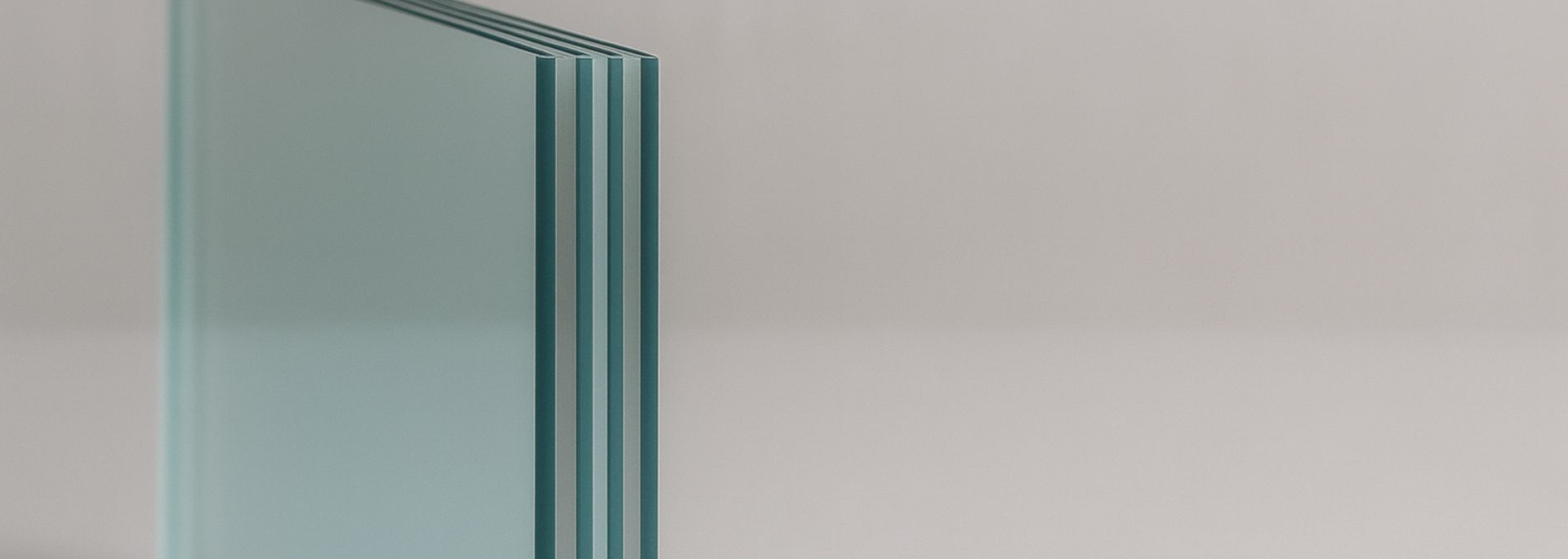
Combinations of this kind let homeowners and business owners benefit from the insulation properties of double glazing and the security of laminated glass. Win-win!
What is double glazing used for?
Double glazing is primarily used for thermal insulation. It reduces the heat lost through windows in the winter and keeps the heat out in the summer. This means you're less likely to reach for the thermostat, thereby lowering your energy bills.
This isn't just good for your household or business budget. It also helps you reduce your carbon footprint. This is something of increasing importance to households, property developers and businesses alike.
Double glazing is also used for its noise reduction properties. This is thanks to the gap between the panes.
DGUs provide adequate levels of security, especially when fitted with multi-point locking systems. However, if extra safety and security are required, laminated glass should be your number one option.
What is laminated glass used for?
Laminated glass is primarily used in settings where safety and security are paramount. This means everything from walk-on glass floors to glass facades in hurricane zones.
This is because laminated glass is a type of safety glass. It takes a huge amount of effort to break laminated glass – and when it finally breaks, the fragments are held in place by the plastic interlayer.
On top of this, laminated glass is used for its ability to reduce noise transmission and harmful UV rays. This can have positive knock-on effects in both commercial and residential environments.
When is laminated glass required?
In some cases, laminated glass isn't just preferable – it's a legal requirement.
This is the case in so-called "critical locations". These are installations where building occupants, visitors and passersby need an extra level of safety. These critical locations are covered in UK Building Regulations Approved Document K and British Standard BS 6262: Part 4: 1994.
Are you looking for high-quality glass for windows? As a trusted UK glass processor, we can help. Get in touch with ToughGlaze today for a quick, competitive quote or explore our range of products online.

